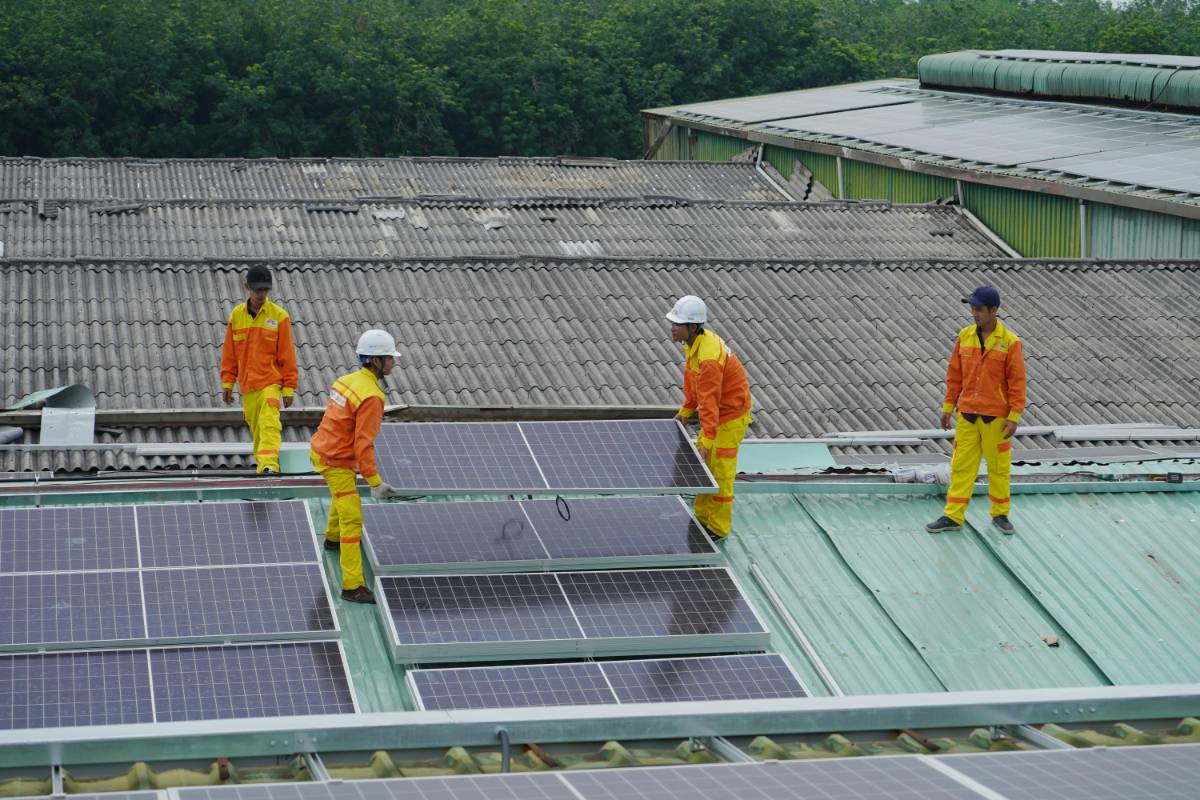
Integrating Renewable Energy Solutions in Sustainable Design
As the world continues to grapple with the effects of climate change, the integration of renewable energy solutions into sustainable design has become a critical component in reducing the environmental impact of buildings. Renewable energy sources like solar, wind, and geothermal power are revolutionizing architecture by making buildings more energy-efficient, self-sustaining, and eco-friendly. This article explores how renewable energy is shaping the future of sustainable design and how architects are incorporating these technologies to create smarter, greener buildings.
Harnessing Solar Power
Solar energy is one of the most widely used renewable energy sources in sustainable architecture. Solar panels, or photovoltaic (PV) systems, are installed on rooftops or facades to capture sunlight and convert it into electricity. As solar technology continues to improve, the efficiency of these systems is increasing, making it an even more viable option for residential and commercial buildings alike.
Beyond traditional solar panels, architects are also exploring integrated solar technologies, such as solar shingles and solar glass, which blend seamlessly with a building's design while still providing energy. By integrating solar power into the fabric of the building, architects are able to minimize the environmental footprint of a structure while generating clean, renewable energy.
Wind Power Integration
Wind energy is another powerful renewable resource that is being integrated into sustainable building designs. While wind turbines are commonly associated with large-scale power generation, their use in urban and residential settings is becoming more feasible as technology advances.
Micro-wind turbines can now be installed on rooftops or in surrounding areas to capture wind energy. In addition, vertical-axis wind turbines are emerging as an effective solution for small-scale installations in dense urban environments, where traditional horizontal-axis turbines may not be practical. These turbines are often integrated into building designs as part of a holistic renewable energy strategy to reduce reliance on grid power.
Geothermal Energy for Heating and Cooling
Geothermal energy is an increasingly popular renewable energy source for heating and cooling buildings. This system leverages the Earth's natural heat by using underground pipes to circulate water or a heat-transfer fluid. The consistent temperature of the ground provides an energy-efficient and environmentally friendly way to regulate indoor climates.
Geothermal heat pumps can heat or cool a building much more efficiently than traditional HVAC systems, reducing the building's overall energy consumption. For new constructions, integrating geothermal systems can be an upfront investment that pays off in the long run by lowering energy bills and increasing the overall sustainability of the building.
Integrating Energy Storage Systems
For renewable energy systems to be truly effective, it is crucial to have a means of storing excess energy for use during periods of low energy generation. This is where energy storage systems come into play.
Batteries and other storage solutions allow buildings to store excess energy generated during the day (especially from solar panels) for use at night or during cloudy days. This energy storage ensures that buildings can remain self-sufficient even when renewable energy generation is low, reducing the need to draw power from the grid and further decreasing the building's environmental impact.
Smart Grids and Energy Management
Smart grids are playing an essential role in the integration of renewable energy in sustainable design. These advanced power distribution systems use real-time data to monitor and control energy usage across the grid. By linking renewable energy sources like solar and wind to smart grids, buildings can optimize their energy consumption and minimize waste.
Energy management systems (EMS) are also being integrated into buildings to control the distribution of renewable energy. These systems can monitor energy usage, adjust HVAC settings, and even control lighting, allowing building owners to reduce consumption during peak energy demand times, thus contributing to a more sustainable and energy-efficient environment.

Building-Integrated Renewables (BIR)
Building-integrated renewable energy solutions (BIR) are transforming how energy is produced and consumed in buildings. Rather than relying on traditional external systems, BIR incorporates renewable energy sources directly into the building’s design elements, such as solar facades, wind turbines, or even algae bio-reactors that generate energy while also serving as a unique architectural feature.
These technologies not only reduce a building's carbon footprint but also create visually striking and functional design elements that highlight the building’s commitment to sustainability. BIR solutions are expected to become a central focus in the future of green building practices, allowing for more energy-efficient, self-sustaining, and visually engaging buildings.
Hybrid Renewable Energy Systems
To maximize the effectiveness of renewable energy integration, many buildings are now employing hybrid renewable energy systems. These systems combine multiple renewable sources to ensure a consistent and reliable energy supply.
For example, a building might use solar power for electricity generation, wind power for supplemental energy, and geothermal energy for heating and cooling. By using a mix of renewable energy sources, hybrid systems reduce the building’s reliance on any single energy source, helping to overcome the limitations of each individual technology.
Reducing Energy Demand Through Design
In addition to integrating renewable energy systems, sustainable design also focuses on reducing energy demand through efficient building design. Passive design strategies such as optimized building orientation, high-performance insulation, natural ventilation, and the use of energy-efficient windows can all reduce the energy required to heat, cool, and light a building.
These strategies work hand-in-hand with renewable energy systems to create buildings that are not only energy-efficient but also self-sustaining. By designing buildings that minimize energy demand from the start, architects and designers are able to make renewable energy systems more effective and economically viable.
The Future of Renewable Energy in Architecture
The integration of renewable energy solutions into sustainable design is no longer an optional feature but a necessary step toward creating buildings that are both environmentally responsible and economically viable. As renewable technologies continue to evolve and become more cost-effective, their use in architecture will only increase.
In the future, we can expect to see even more innovative approaches to integrating renewable energy into building design. Advances in energy storage, smart grid technology, and building-integrated renewable systems will create new opportunities for sustainable architecture to thrive. By embracing renewable energy solutions, architects are not only shaping a more sustainable future for the built environment but also leading the way toward a cleaner, greener world.
Conclusion
Integrating renewable energy solutions into sustainable design is an essential part of the future of architecture. Through the use of solar, wind, and geothermal energy, as well as cutting-edge technologies like energy storage and smart grids, architects are creating buildings that are both self-sustaining and environmentally friendly. As the demand for green architecture continues to grow, renewable energy will remain a cornerstone of sustainable building practices, helping to build a more sustainable and resilient future for generations to come.



